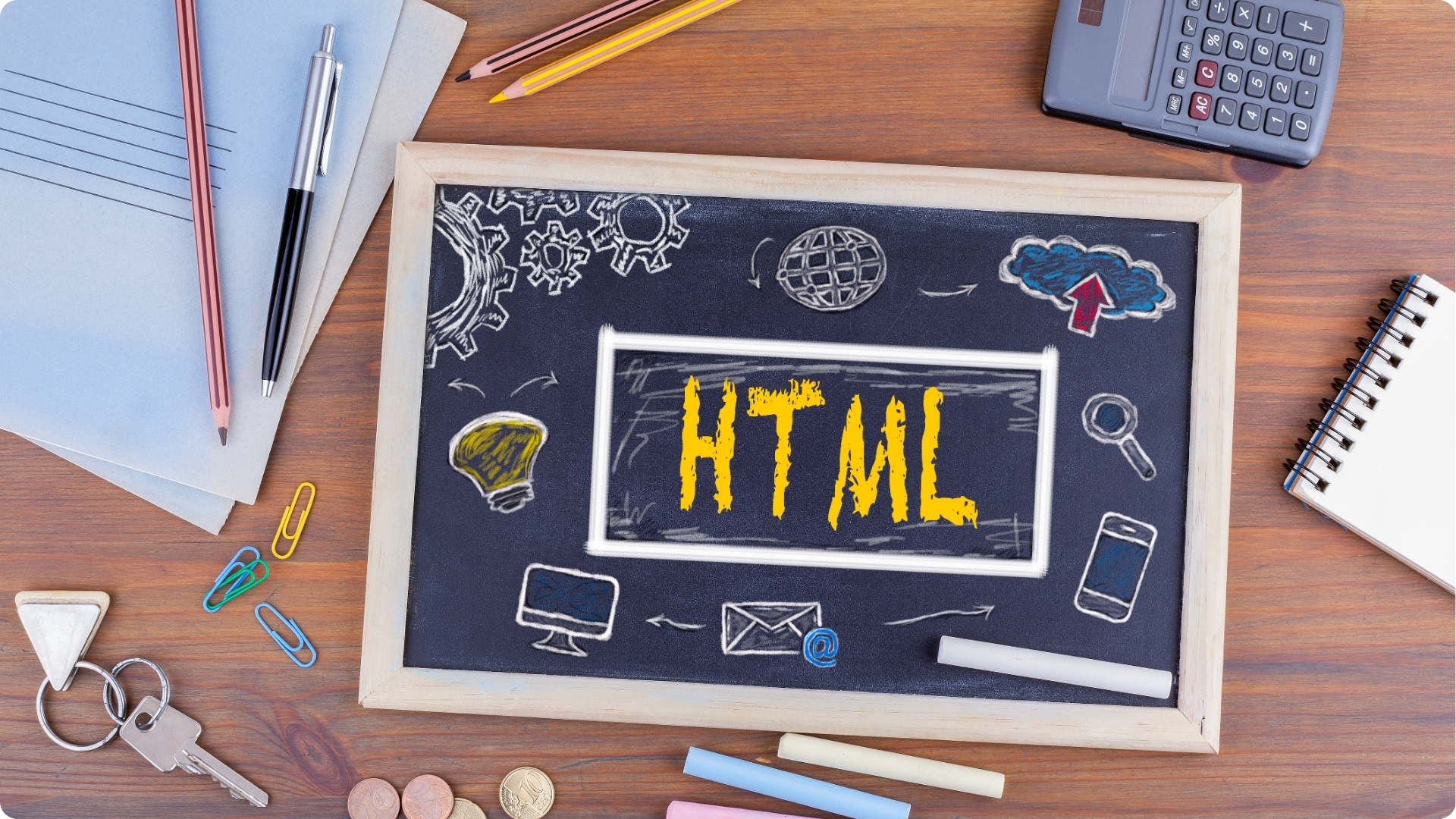HTML validation is essentially something done to check for the syntactical correctness of the code. It is highly important that validation of that sort is done because although some of these mistakes do not show up on the browser and on the page when the viewer sees it, it plays a vital role in being useful for the bots that actually do the searching.
Most specifically, W3C standards are the industry standards that needed to be met when using HTML. W3C stands for the World Wide Web Consortium, which works towards developing Web Standards. Although most browsers fill in the gap where required in a code that is faulty, it is still recommended that the code be complete and validated.
You might wonder really, why validate it at all? For one, a validated code would imply that there are no syntactical errors. An error free syntax has the following advantage, for instance, if you have text in a code that is totally valid, the chance of it getting missed out, due to a tiny syntactical error is removed.
So the point that I’m trying to make here is that it is more than easy to actually say that a website has been validated. But a validated website does not mean all is fine and dandy and you can go ahead and kick back and relax; there is a lot more to SEO and a validated site is only the beginning of it. Keep an eye on the Semantics and layouts and you are well on your way to a good website.




